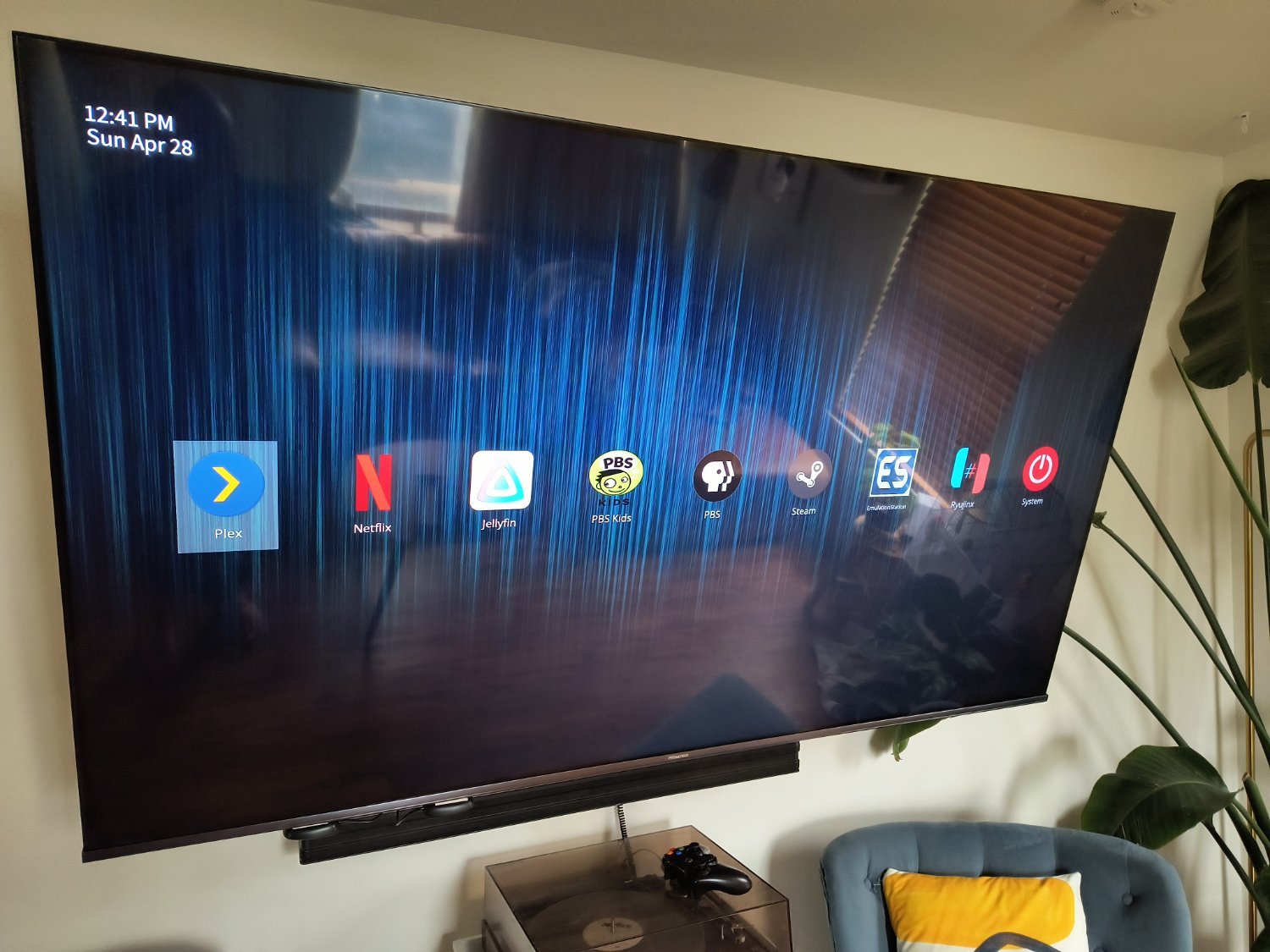

Wow. It’s almost like we’ve been warning for years that putting backdoors into software, systems, and encryption would allow nefarious parties to exploit them.


Wow. It’s almost like we’ve been warning for years that putting backdoors into software, systems, and encryption would allow nefarious parties to exploit them.
So you’re using Hyprland WM… I’m assuming to have a minimalistic Window Manager… But you want an app launcher.
No offense, but FFS just use a DE at that point. You’re just creating a DE with extra steps. KDE is nice and fairly lightweight.
What do you mean “improved”? Ubuntu is based on Debian.


Ok bud. Sure thing.


As a straight dude, my first internal knee-jerk reaction was “this is such a stupid solution to a stupid problem”, but then my mental “Don’t be an asshat because not everybody is like you” guard rail kicked in.
Clearly this is a product for a market of people that it works for and I’m happy for them. Enjoy your neat keyboard thing, long nailed peeps.


Repairable technology with encouragement to repair things that break by designing them to be fixable.
Open source technologies becoming the rule, rather than the exception (this is already the case in some ways, but I truly mean EVERYTHING).
Open Standards that make interoperability easier by removing walled gardens (iMessage, G-Sync, etc).


To be fair, Rocket League runs fine in Proton.
Also, to be fair…agreed. Fuck Epic.


pfSense = Firewall and router system based on FreeBSD. Has both open source and commercial versions. Built for SMB to Enterprise uses. Extremely powerful with all of the bells and whistles you’d expect from a professional firewall product.
OPNSense = Basically pfSense with a different UI. It’s a fork of pfSense. Much of the same capability, but is built by a smaller company.
OpenWRT = Replacement firmware for embedded devices (as well as x86). It’s open source WiFi router firmware that runs on tens of thousands of devices. Many vendors will even base their custom firmware on OpenWRT and put a different skin on it (GL.iNet, for example).


Doesn’t seem particularly “cryptic” to me. Essentially he’s saying “If we win, you don’t need to vote, because I’ll make sure we win from now on by rigging it”.
Seems pretty cut and dry to me what he’s saying.


The GitHub repo of the maintainer shows that the project is archived and dead.


Does that offer any advantages over the kiosk mode functionality? Looks like that repo was abandoned in 2023 and marked as archived.


It loads the web page in full screen kiosk mode in Chrome.


I run an HTPC that works fully with my AirMouse Remote I bought for it for ~$15USD. It uses Flex Launcher running on Debian.

Basically, I use it for Plex, some Netflix, retrogaming, and Steam.
I was in a similar boat to you were I looked at Plasma Big Screen, LibreElec, etc. Plasma BigScreen was too buggy or unmaintained. LibreElec is great if you want to play local stuff, but terrible for streaming things like Netflix. In the end I said “screw it. I’ll make my own”. Now it’s the center of my living room.


I’m not against AI. I’m against the hoards of privacy-disrespecting data collection, the fact that everybody is irresponsibility rushing to slap AI into everything even when it doesn’t make sense because line go up, and the fact nobody is taking the limitations of things like Large Language Models seriously.
The current AI craze is like the NFTs craze in a lot of ways, but more useful and not going to just disappear. In a year or three the crazed C-level idiots chasing the next magic dragon will settle down, the technology will settle into the places where it’s actually useful, and investors will stop throwing all the cash at any mention of AI with zero skepticism.
It’s not Luddite to be skeptical of the hot new craze. It’s prudent as long as you don’t let yourself slip into regressive thinking.


He had a game show thing on Ellen a while ago where he thought something cost $25 that was a couple dollar item.
He absolutely has no idea how much everyday items cost.


This is for IoT.


$20 says it was shoddy wiring or something similar. So many deaths and accidents happen in India because of a lack of safety standards and training there.
And before someone tries to call me racist, or anti-India, or something, India accounts for 14% of all accidental deaths worldwide and out of every 100k workers in India, 116.8 on average will die in a workplace accident, which is 3X higher than the #2 spot (Pakistan).
Source: International Labor Organization


Flex Launcher.
What the article DOESN’T say: The way they accessed these telecom networks was through a backdoor INSTALLED by US Intelligence agencies.
This is the reason why you don’t fucking put backdoors in your code/software/hardware. Security advocates consistently say “don’t fucking do that because it’ll be discovered and exploited by bad actors”…and yet…